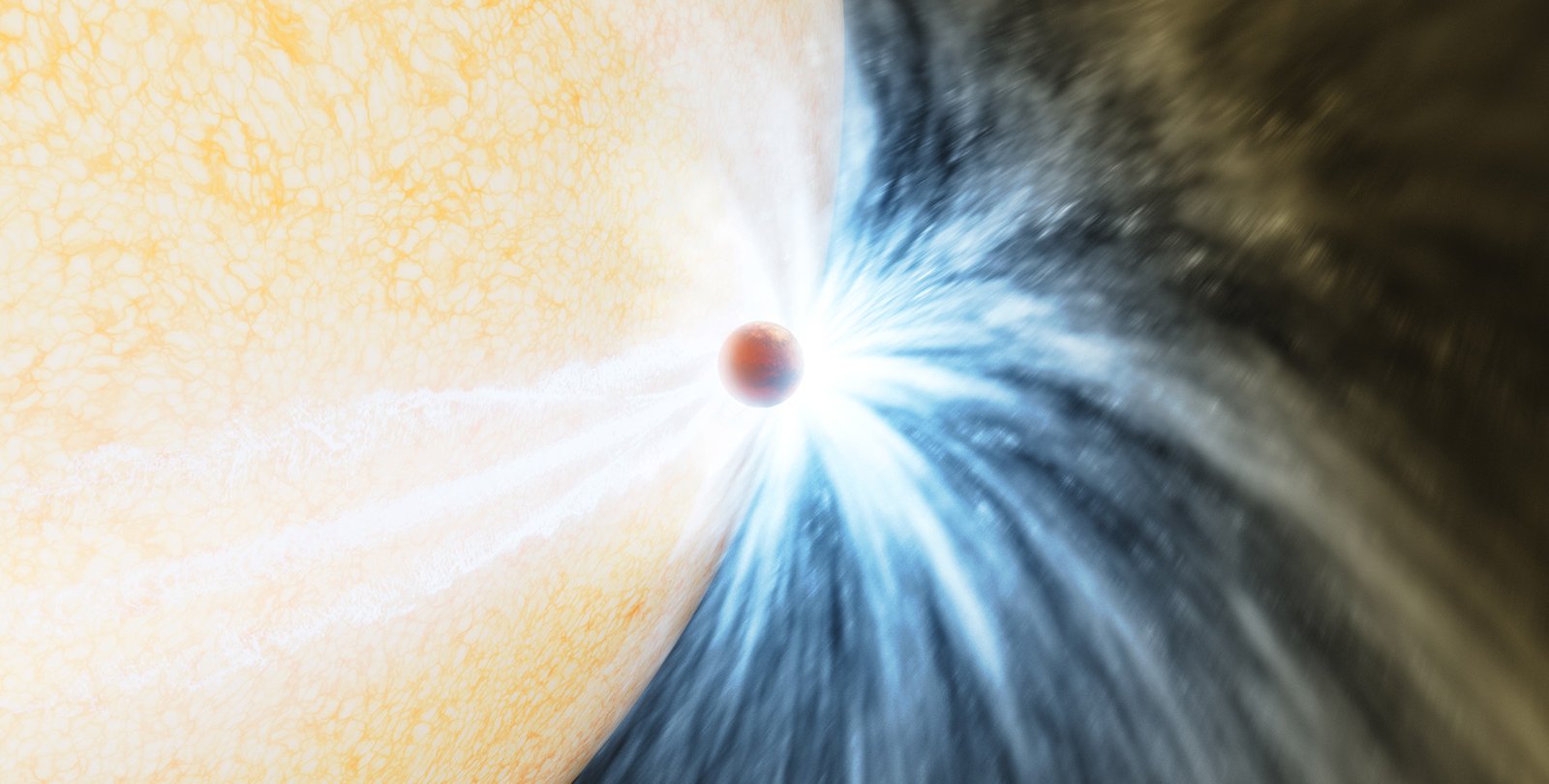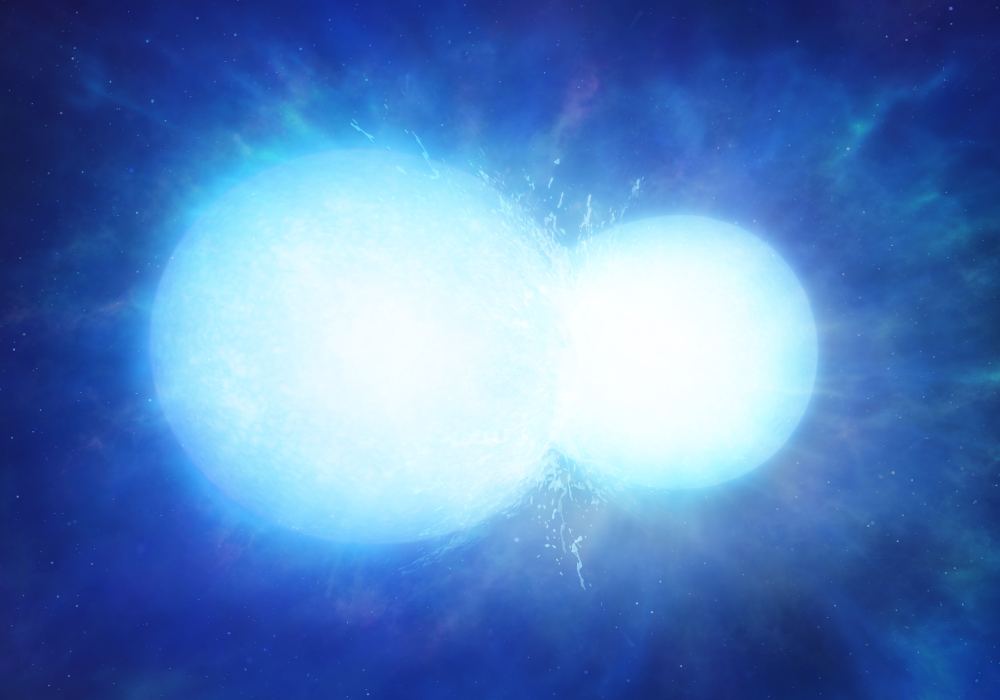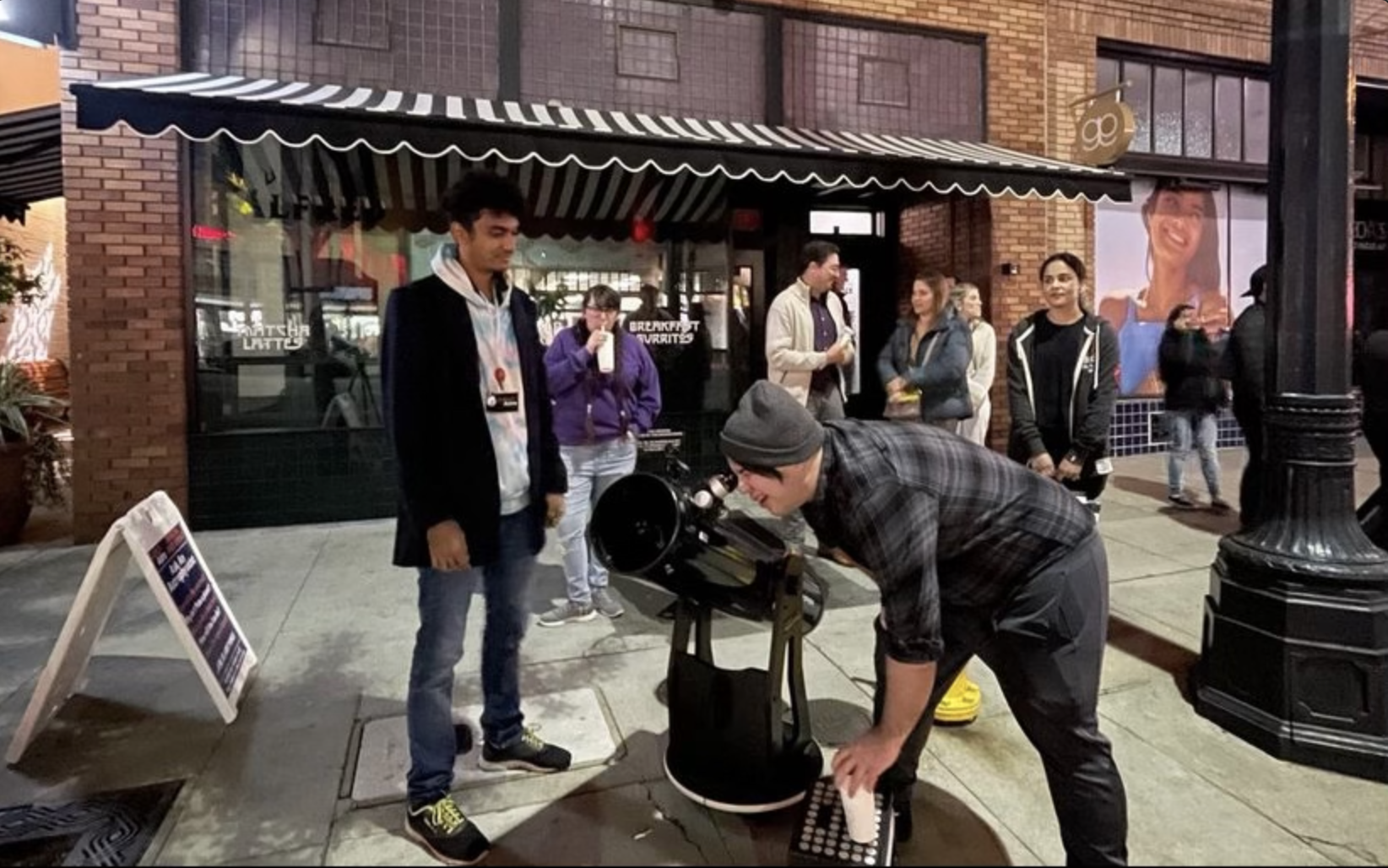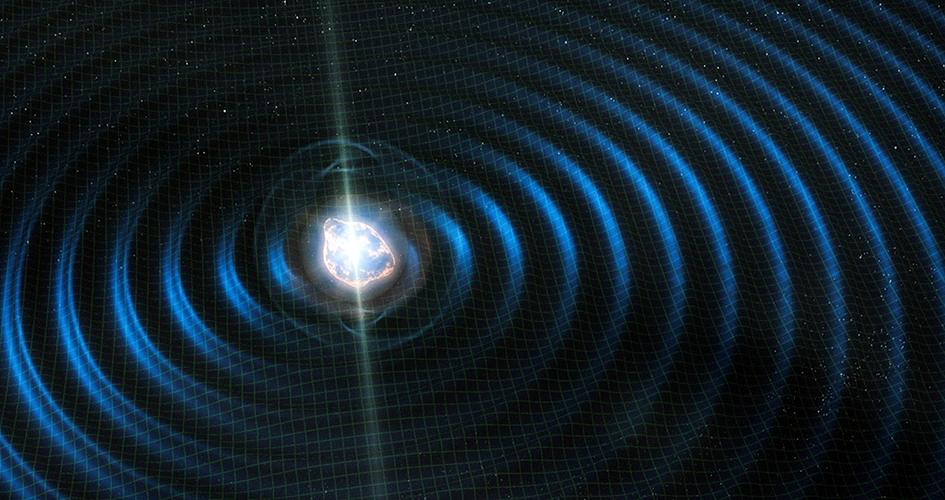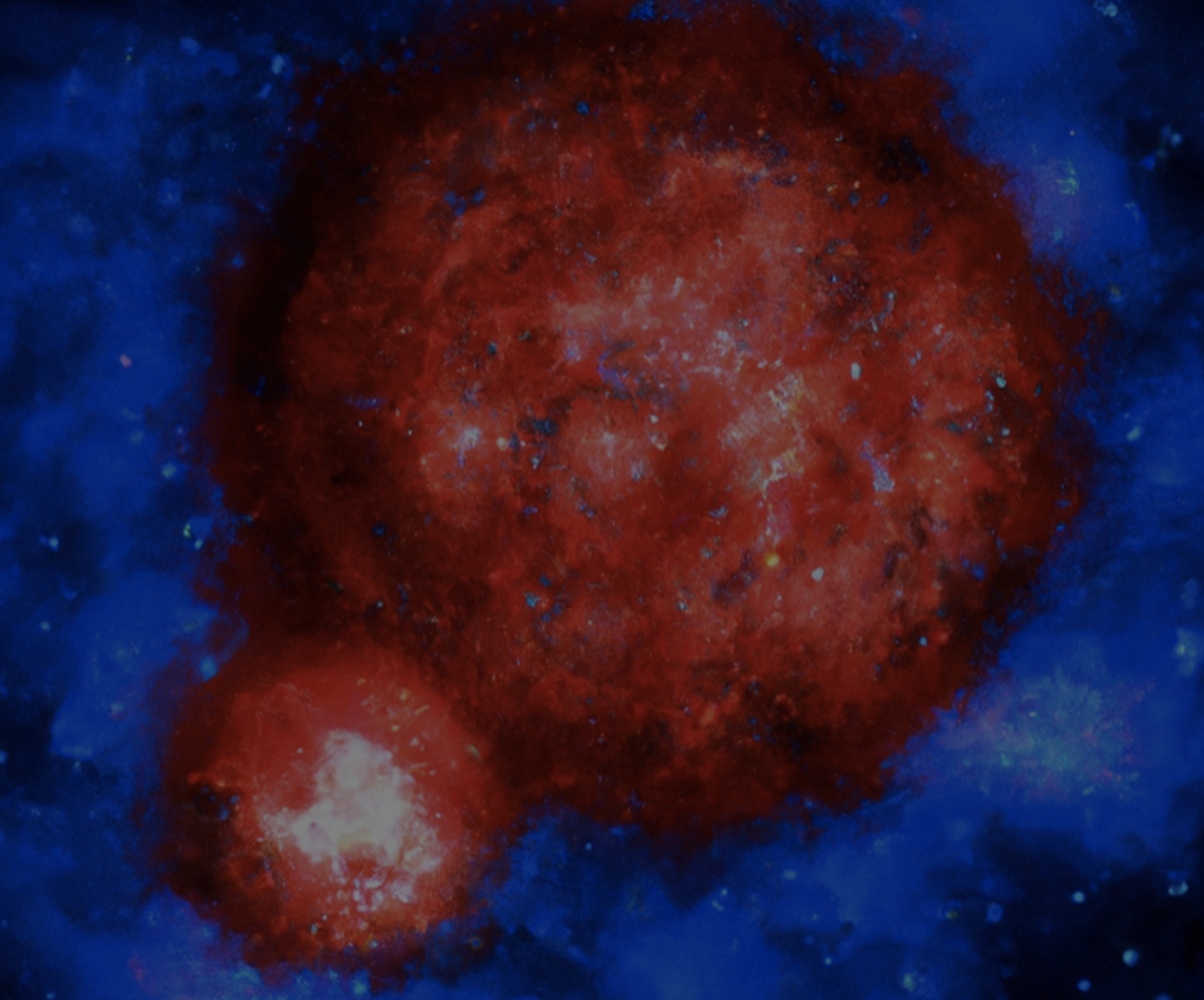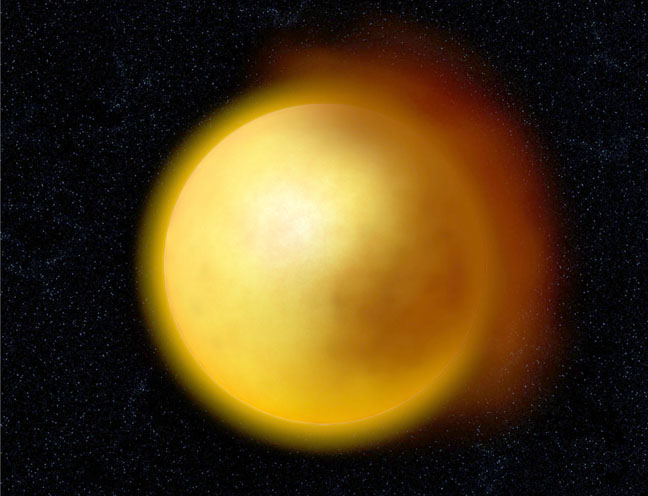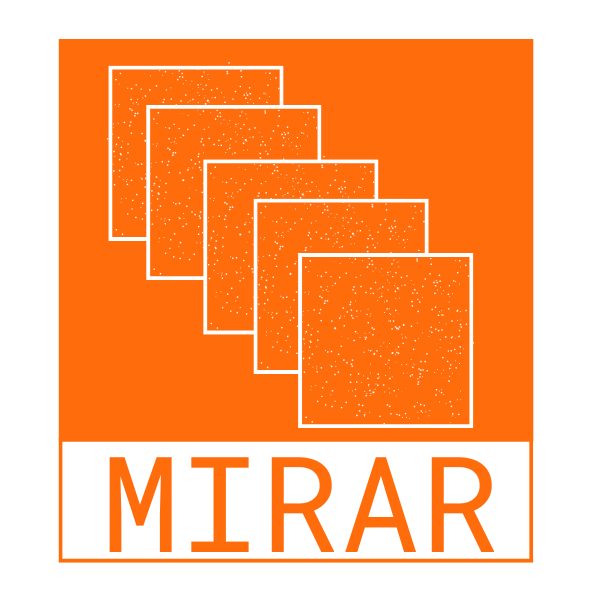About me
I am a NASA Hubble Fellow at Columbia University and a guest researcher at the Center for Computational Astrophysics. Previously, I was a PhD student in the Astrophysics Department at Caltech.
My field of research is time-domain and multi-messenger astronomy - the
study of our dynamic sky.
I am currently studying unusual cosmic explosions,
stars that show unusual variations in their brightness and
hunting for light from gravitational waves.
I use robotic telescopes that survey the sky at the visual and
infrared wavelengths to look for such stars and explosions. Once
identified, I use some of the largest telescopes in the world to
study them in more detail. I also work on developing software to
enable discoveries of such phenomena. My PhD advisor is Prof.
Mansi
Kasliwal .


